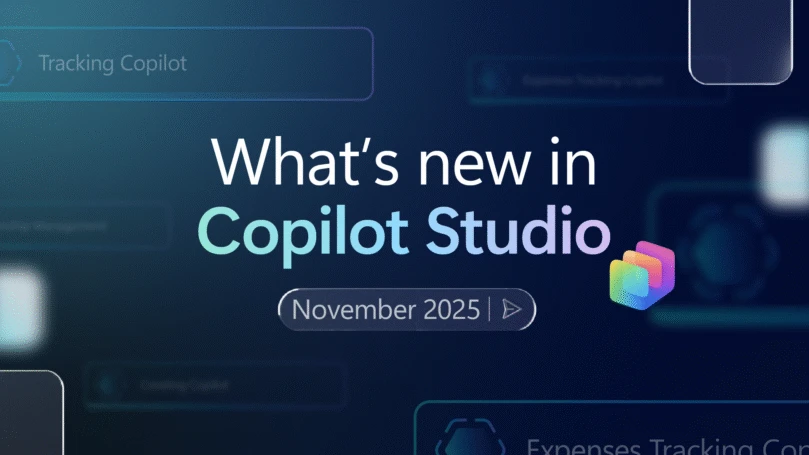Senior Product Marketing Manager Keenan Newton introduces multiple options available for forms creation with Office 2013 and SharePoint 2013.
Forms are an intricate part of many organizations as they feed information into business processes that allow the organization to manage day-to-day processes. Forms are used for internal processes such as hardware and software acquisition as well as externally for collecting information on a new potential customer. For almost a decade, we’ve delivered a best-in-class forms experience as part of Microsoft Office. As with much in the technology world, customer needs in the forms space have evolved and, with the new Office and new SharePoint, we have enhanced the forms experience to meet these needs.
You have a choice of tools for building forms with SharePoint, including InfoPath, Access, Excel, and Visual Studio. These tools can create custom forms within a SharePoint solution or an app for SharePoint. Below is an overview of the tool choices, including the benefits and common scenarios for each.
InfoPath
InfoPath is our integrated forms solution for the foreseeable future. It’s a great choice for business users who want to customize lists or who want advanced features such as offline editing or digital signatures. You also can use InfoPath 2013 to maintain existing InfoPath forms.
Access
Access 2013 now addresses scenarios in which a business user wants to rapidly create end-to-end web-based business solutions, including those that involve custom forms. Some examples of business solutions that are prime candidates for Access 2013 include apps for asset management, contact management, and inventory management. Business solutions created with Access 2013, packaged into apps, and deployed onto SharePoint can be used by anyone within an organization or shared externally via the SharePoint Store. For new end-to-end business solutions that include forms, we recommend that you consider Access 2013 first, because of its end-to-end solution design focus.
Excel
We have included forms in Excel Web Apps for building simple forms such as surveys or simple data collection.
Visual Studio
For application development, we recommend Visual Studio so you can use the capabilities provided in the new cloud app model for Office and SharePoint, which embraces current web standards such as HTML5, enables web developers to build solutions with the developer tools and platforms they know best. For developers who require the unique capabilities of InfoPath, such as digital signatures, you can now use the full power of Visual Studio to extend InfoPath solutions.
In summary, our products provide a lot of flexibility for business users to create forms-based solutions. Deciding the right tool to use will of course be ultimately dependent on your specific needs, but I hope that this post will help give you some guidance on what to choose.



